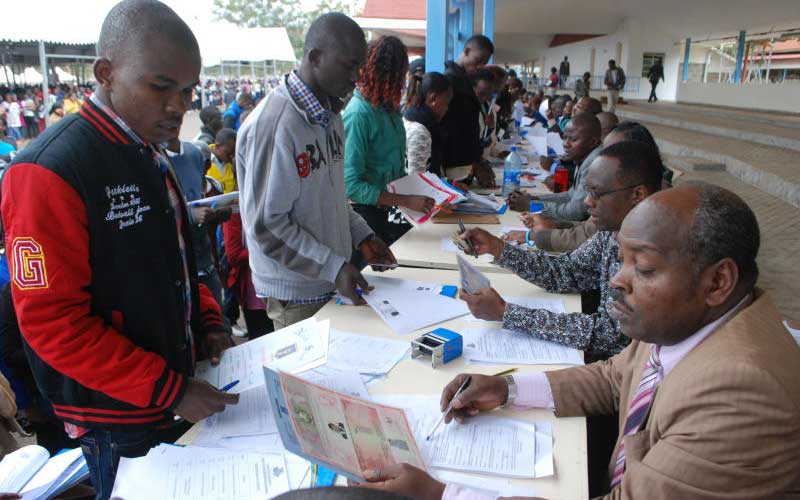×
The Standard e-Paper
Truth Without Fear

Twelve universities have admitted 40 per cent of the candidates who sat last year’s Kenya Certificate of Secondary Education (KCSE) exam.
The 12 universities, out of 69 public and private universities that received Government-sponsored students, got 36,687 out of 89,486 candidates who secured placement to degree courses.